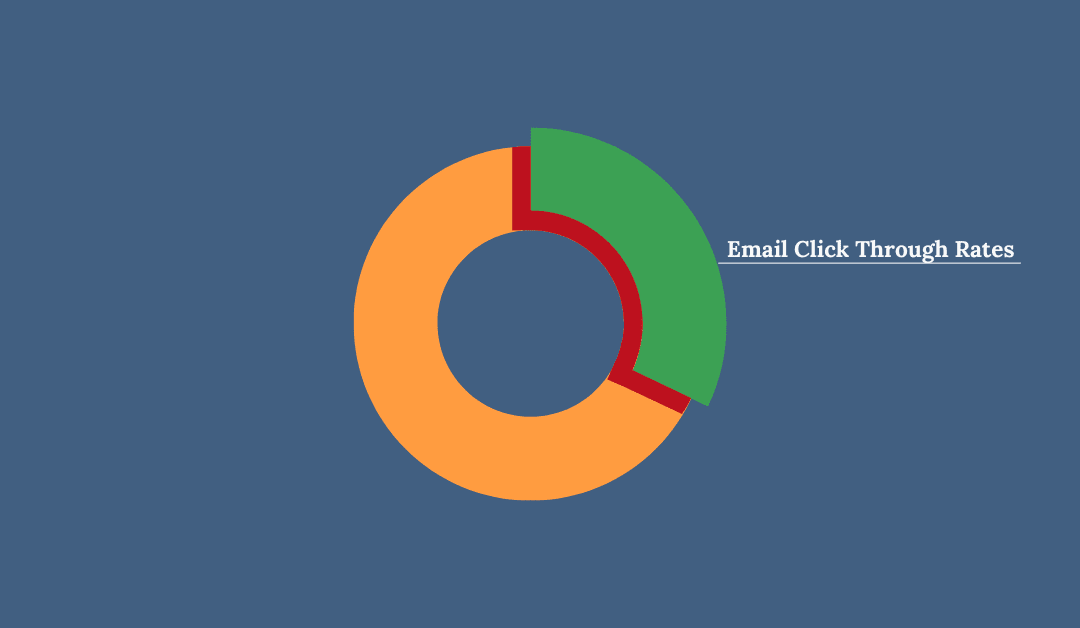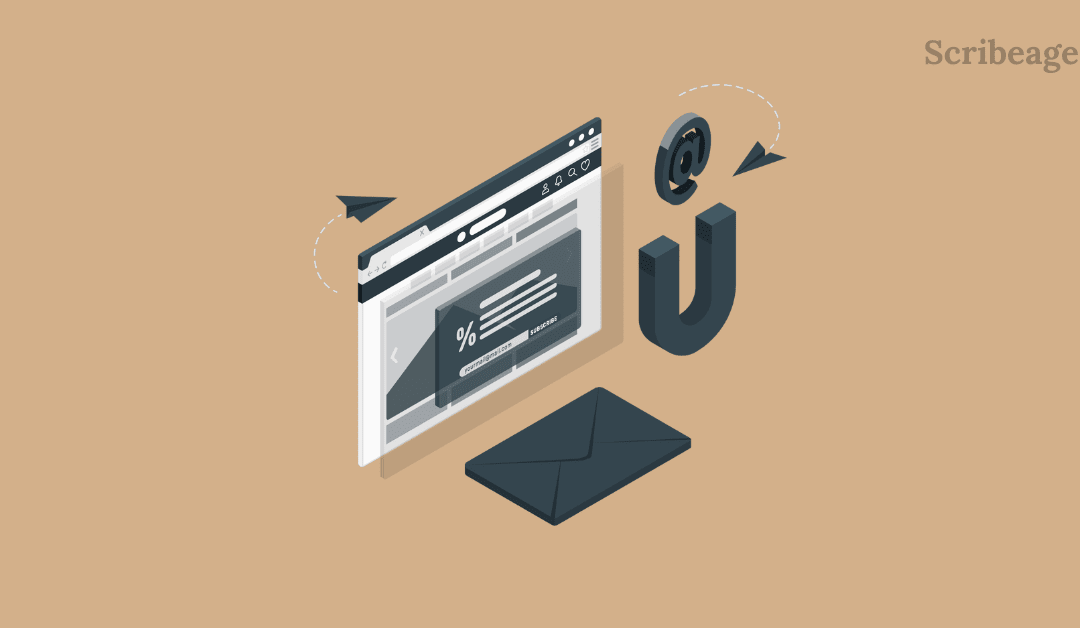Ever feel like you’re stuck in a subscription trap? You sign up for an email marketing tool, thinking, $29/month isn’t bad, and six months later, you realise you’ve paid more cash than you’d planned, and you’re still paying.
That’s where the one-time payment vs subscription-based email marketing software debate really heats up. Should you consider a pay-once setup and never look back? Or stick with the usual monthly subscription model that’s plug-and-play.
In this post, we will compare both pricing models, lay out the pros and cons, and help you pick the one that gives you the best value for your money.
Table of Contents
What is One-Time Payment Email Marketing Software?
Imagine buying an email marketing tool once, owning it for life, and never seeing another monthly invoice pop up in your inbox. That’s the whole idea behind one-time payment email marketing software. You pay a flat fee once, and the software is yours forever. There are no subscriptions and no auto-renewals. You only have functional email marketing software on your server.
These tools are often self-hosted; you install them on your own server or hosting space. Email marketing tools like Swift Send, MailWizz, and Relayzo fall into this category. Once you pay for them, you can send as many emails as your server can handle without worrying about monthly limits or price hikes.
But don’t get it twisted, just because one-time email marketing platforms save money over time doesn’t mean they’re plug-and-play. They usually require a good VPS or Shared hosting and some knowledge to set them up properly. If you don’t know how to set it up, you can hire someone to do it for you for a token.
If you want full control, hate monthly fees, or are building something long-term, one-time payment email marketing software can be a game-changer for your business.
What is Subscription-Based Email Marketing Software?
Subscription-based email marketing software is the most familiar model. Users sign up, pay a monthly or annual fee, and gain access to a comprehensive suite of tools, without the need to manage servers, installations, or updates.
They are email marketing tools you pay monthly or yearly to use; you can cancel your subscription anytime. Popular platforms like Mailerlite, Sender, HubSpot, GetResponse, and Kit use this model. You get user-friendly dashboards, drag-and-drop editors, automation templates, and 24/7 support on a premium plan.
You don’t have to worry about technical stuff; you’re just focusing on growing your list and sending campaigns. Whether you’re a solopreneur, blogger, or eCommerce store owner, subscription-based email tools do the heavy lifting. They handle deliverability, compliance, list cleaning, and more.
But over time, that monthly bill can sneak up on you. Start with 500 subscribers and you’re paying $15/month. Grow to 10,000 and suddenly you’re staring at a $99/month tab… every month. That’s where the debate between one-time payment email marketing software vs subscription-based tools gets interesting.
Pros and Cons of One-Time Payment Email Marketing Tools
Alright, let’s break it down. One-time payment email marketing software sounds like a dream: pay once and keep your wallet closed forever. But it’s not always easy. Here are the reasons:
Pros
- Pay Once, Use Forever
You pay once, and it’s yours for life, with no recurring fees, and no monthly surprises. Just set it and forget it. A one-time payment can be far more economical than ongoing subscription costs, especially if you plan to use the tool consistently over the long term.
- Total Ownership
You’re in control. Once purchased, you typically own the software outright. This means you won’t lose access if you stop paying, which is common with subscription-based models. You will enjoy more freedom and fewer rules.
- Scales With You
Self-hosted email tools scale with you as your email list grows. Whether you’re sending 1,000 or 1 million emails, the cost doesn’t change. You will only need to upgrade your server resources, and not pay per subscriber.
- Great for Budget-Conscious Users
Over time, one-time email marketing platforms are much cheaper than subscriptions. Perfect for startups, bloggers, or side hustlers trying to keep costs down. With no recurring monthly fees, you can redirect your budget to other areas of your business without the burden of regular payments.
Cons
- Technical Setup Required
These tools often need to be self-hosted. Self-hosted email marketing tools require self-hosting, which involves configuring servers, setting up DNS records, and managing SMTP services, tasks that you may not be familiar with.
- No Built-In Support
You’re mostly on your own when something goes wrong unless the tool includes paid support or a helpful user community.
- Deliverability is Your Responsibility
Unlike subscription-based email marketing platforms, self-hosted solutions require you to manage your own deliverability, warm up IP addresses, and ensure your emails avoid spam folders.
Pros and Cons of Subscription-Based Email Marketing Tools
Subscription-based email marketing software is like renting a fully furnished apartment where everything’s set up, cleaned, and ready to move in. But that convenience comes with a price tag.
Here are the pros and cons:
Pros
- Zero Setup Stress
It’s a beginner-friendly email marketing tool and perfect for people who don’t have time to install anything. No messing with servers or code. You sign up, log in, and start sending emails.
- Built-In Deliverability
These platforms have already built a solid sender reputation, which means your emails are more likely to reach the inbox and not get flagged as spam.
- Constant Updates and Support
You get regular updates, bug fixes, and support teams to hold your hand when things go sideways.
- Feature-Rich Tools
Most subscription-based email marketing tools come packed with automation, segmentation, templates, analytics, AI and integrations.
Cons
- Monthly Fees That Never End
You’re always paying. And as your list grows, so does the bill. The monthly subscription that starts at $19/month can turn into $150+/month overnight without warning.
- Limited Control
You must always play by their rules. If they suspend your account or change pricing, you can’t do anything; you must accept the terms.
- Locked into a Platform
If you outgrow the tool or want more freedom, moving your list, automation, and data isn’t always easy.
- Pay More for Features You May Not Use
Even if you’re only sending a few emails a month, you must pay for the full package or plan, whether you use it or not.
Cost Comparison: Which Offers Better Value Over Time?
Let’s talk about money here, because at the end of the day, whether you choose one-time payment email marketing software or a subscription-based email marketing tool, it’s all about what gives you the most value without draining your wallet.
Let’s say you’re starting with a list of 5,000 subscribers.
Option 1: Subscription-Based
A platform like Mailerlite or Sender will charge you anywhere from $50 to $60/month for that email list size. That’s $600 to $750 per year, and yes, that bill keeps coming every year. If your list grows, so does your bill. Congrats on scaling and also paying more.
Option 2: One-Time Payment
Now, take a one-time email marketing platform like Relayzo or MailWizz. You might pay $37 to $86 once, and it’s yours forever. You’ll also pay for yearly VPS hosting from Namecheap, Hostinger or Contabo, which might only cost you $150 to $200/ year, depending on the server resources.
So, even with the hosting costs included, you’re still looking at $187–$280 per year, and it can drop lower if your server resources are less than what we quoted.
| Email Tool Type | Year 1 Cost | Year 2+ Cost | Total After 3 Years |
|---|---|---|---|
| Subscription-Based | $750 | $1500 | $2,250 |
| One-Time Payment | $280 | $200 | $200 |
The difference? Roughly $2,200 saved in just 3 years, and that’s being modest and staying with only a 5000 email list for 3 years.
If you’re building long-term and don’t mind a bit of tech work, one-time payment email marketing software is hard to beat. But if you want zero stress and a done-for-you experience, a subscription-based email marketing platform might be worth the extra cash.
Which Should You Choose?
Still stuck between one-time payment and the subscription-based email marketing software? Don’t worry, you’re not alone. Here is a simple way to know what fits your business.
Go for One-Time Payment Email Marketing Software if:
- You hate monthly bills and want to pay once and be done with it.
- You’re comfortable with a little tech setup or have someone who can help.
- You like full control over your emails, data, and platform.
- You’re running a long-term blog, business, or side hustle and want to cut costs over time.
- You’re using services like Amazon SES, Elasticemail, or Postal to handle sending for cheap.
Stick with Subscription-Based Email Marketing Software if:
- You want to get started fast with zero setup drama.
- You prefer having support, updates, and deliverability handled for you.
- You run an e-commerce store or need advanced automation features out of the box.
- You’re cool with paying monthly as long as it saves you time and effort.
- You want a plug-and-play solution that scales with your business (as long as your wallet keeps up).
Final Thoughts
Choosing between one-time payment email marketing software and subscription-based email marketing tools isn’t just about pricing; it’s about picking a system that fits how you work, grow, and manage your time.
If you’re the type who likes full control, hates recurring fees, and doesn’t mind a little time to set up, a one-time solution could save you thousands over the years. It’s a smart long-term play, especially for bloggers, freelancers, small businesses and lean startups who want to own their platform without ongoing costs.
On the other side, if you’re short on time, want instant setup, and need solid deliverability out of the box, subscription-based tools are the stress-free way to go. You’ll pay more over time, sure, but what you’re really buying is convenience, support, and simplicity.
The best email marketing software isn’t about having the most features or the cheapest; it’s the one that gets the job done without draining your energy or bank account.
Consider the pros and cons, your budget, and decide what’s right for you. No matter your choice, you’re building a channel that still delivers one of the highest ROIs in online marketing, and that’s what matters.





0 Comments